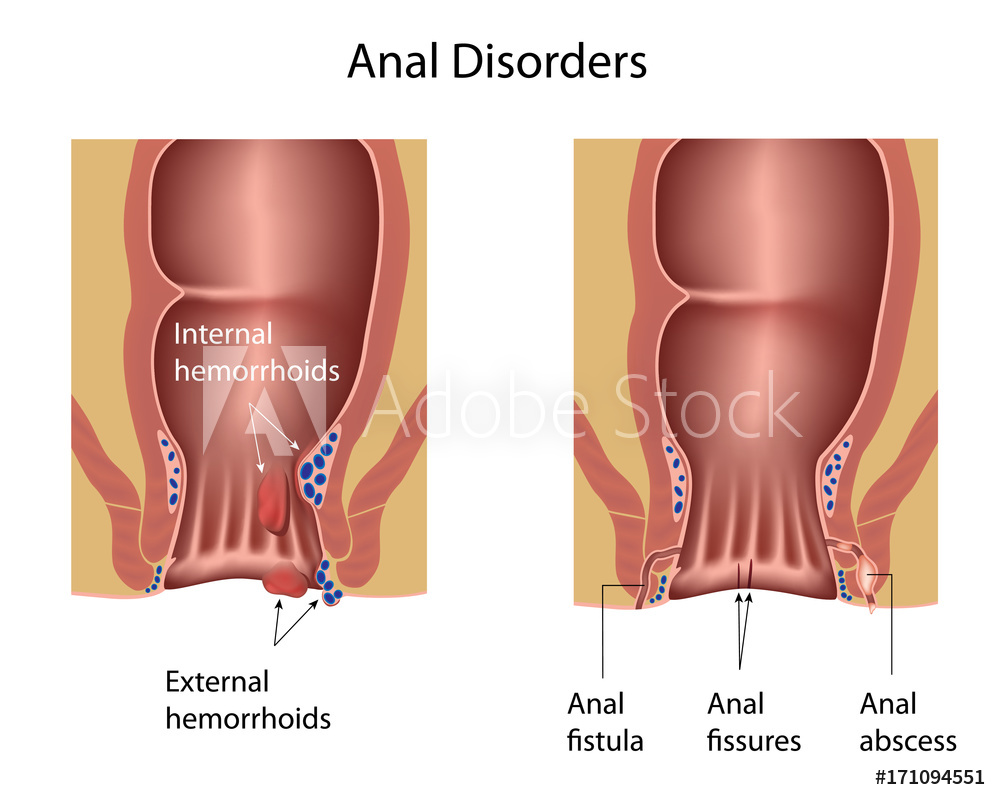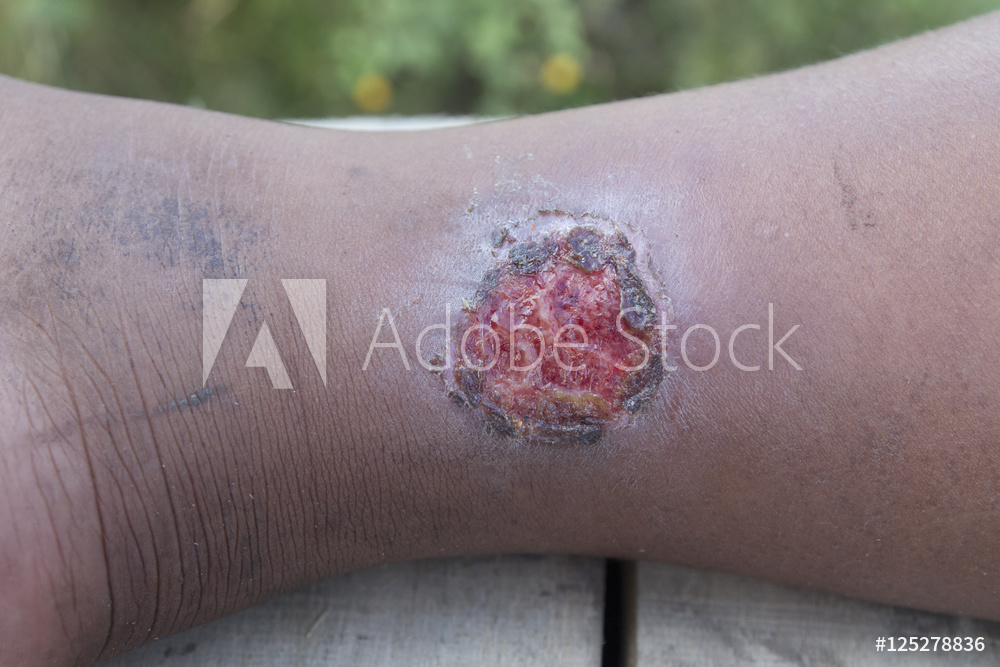The 48th chapter of Madhava Nidana is Shuka Dosha Nidana which deals with Disorders of Penis. The penis is an external organ in the male reproductive system. Disorders which can affect the penis include priapism, balanitis, penile cancer, erectile dysfunction and ejaculatory disorders.
Chapter 47 – Upadamsha Nidanam
The 47th chapter of Madhava Nidana is Upadamsha Nidana which deals with Venereal Diseases. Sexually transmitted diseases (STDs), or sexually transmitted infections (STIs), are infections that are passed from one person to another through sexual contact. The contact is usually vaginal, oral, or anal sex. But sometimes they can spread through other intimate physical contact. This is because some STDs, like herpes and HPV, are spread by skin-to-skin contact.
Chapter 46 – Bhagandara Nidanam
The 46th chapter of Madhava Nidana is Bhagandara Nidanam which deals with Fistula in Ano. A fistula-in-ano is an abnormal hollow tract or cavity that is lined with granulation tissue and that connects a primary opening inside the anal canal to a secondary opening in the perianal skin; secondary tracts may be multiple and can extend from the same primary opening.
Chapter 45 – Nadi (li) Vrana Nidanam
The 45th chapter of Madhava Nidanam is Nadi (li) vrana Nidanam which deals with Sinus ulcers. Nasal ulceration can be commonly caused by trauma or irritation from picking or blowing the nose to roughly, or foreign bodies inside the nose. Other causes of sores in the nose include chronic allergies, acne, or skin conditions like abscess or pimples.
Chapter 43 – Sadyovrana Nidanam
The 43rd chapter of Madhava Nidana is Sadyovrana Nidana which deals with Traumatic Ulcers. Traumatic ulcers are caused by mechanical damage (contact with sharp foodstuff; accidental biting during mastication, talking, or even sleeping) and thermal, electrical, or chemical burns
Chapter 42 – Sharira Vrana Nidanam
The 42nd Chapter of Madhava Nidana is Sharira Vrana Nidanam which deals with Organic Ulcers. An ulcer is a painful sore that is slow to heal and sometimes recurs. Ulcers aren’t uncommon. Why they appear and their corresponding symptoms typically depend on their underlying causes.



